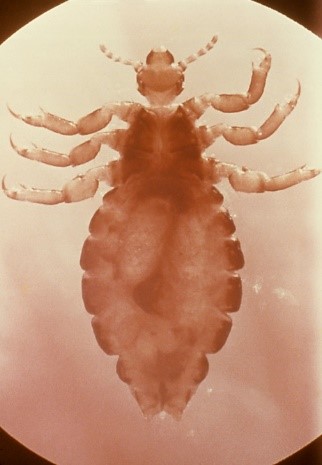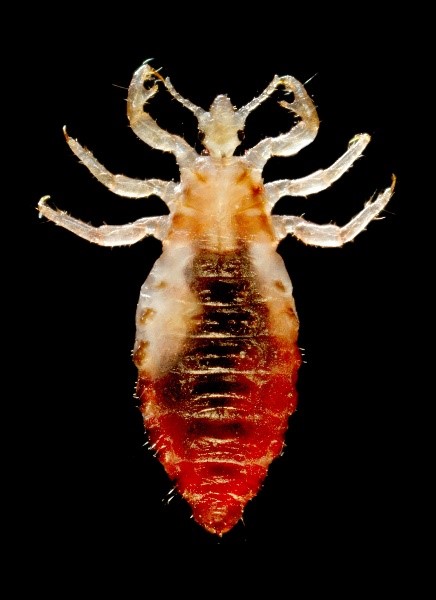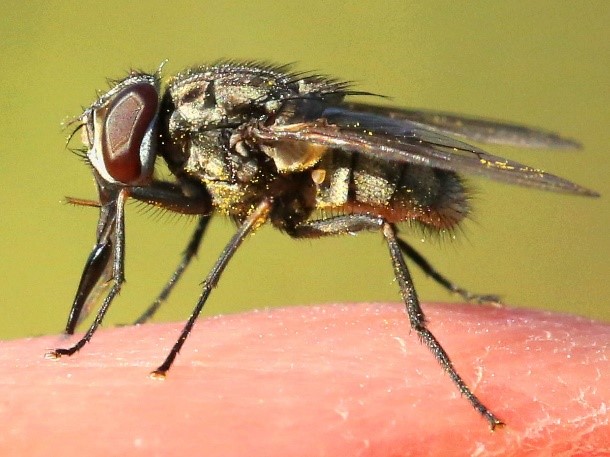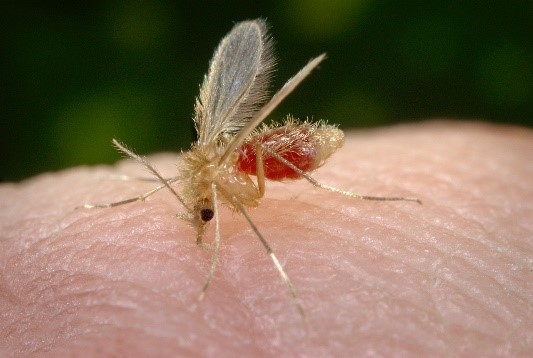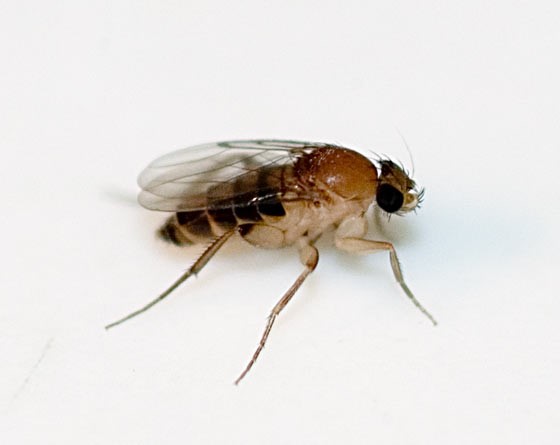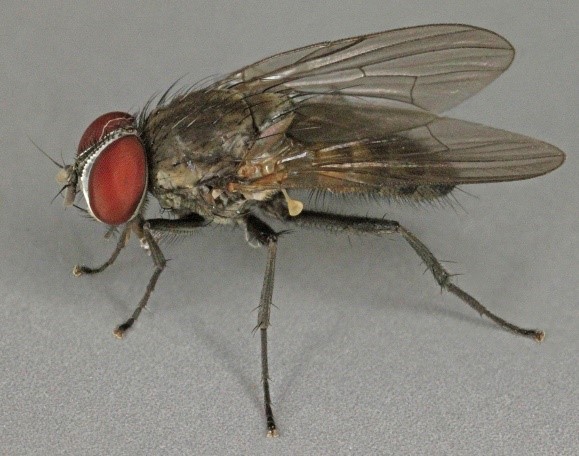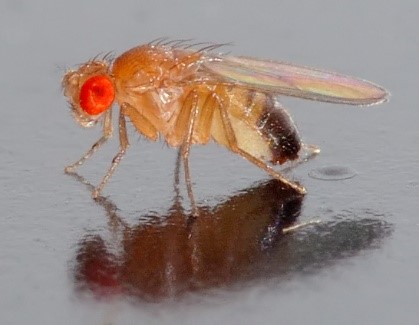Biting Midges or Ceratopogonids Midges
Biting Midges or Ceratopogonids Midges: General Description Biting midges are small flies (0.5–5.0 mm long; an average of 1.6 mm) and belong to the order Diptera. Adult biting midges are usually distinguished by their dark color (brown or black) and the absence of simple eyes. Simple eyes are absent. Credit: Slama, Babba. and Chaker Culicoides spp. The antennae are densely…


